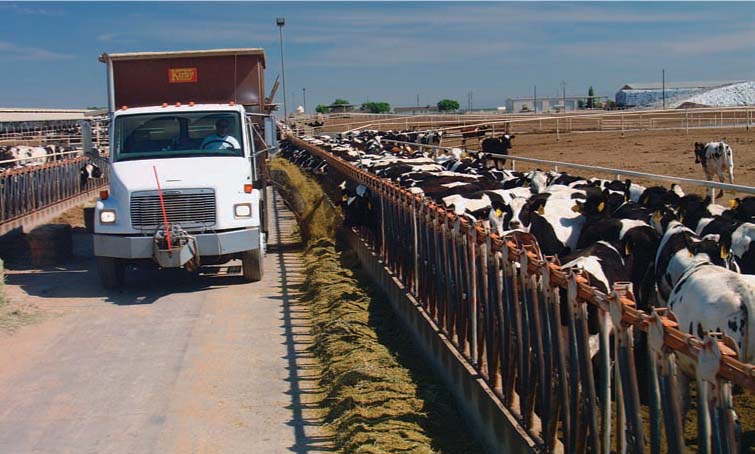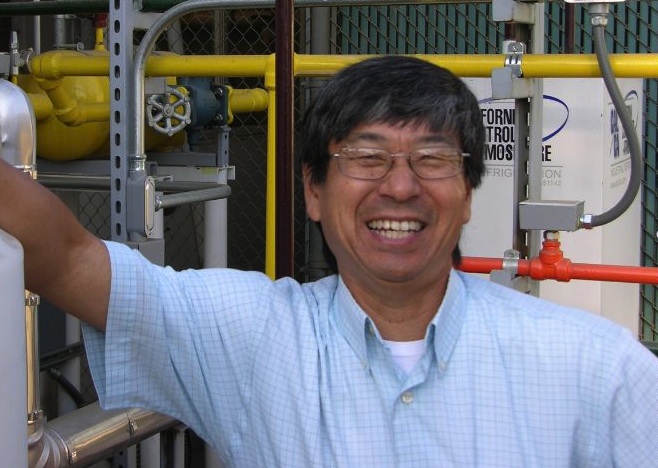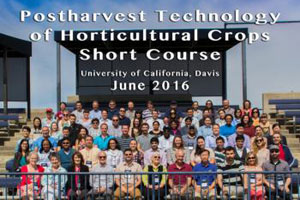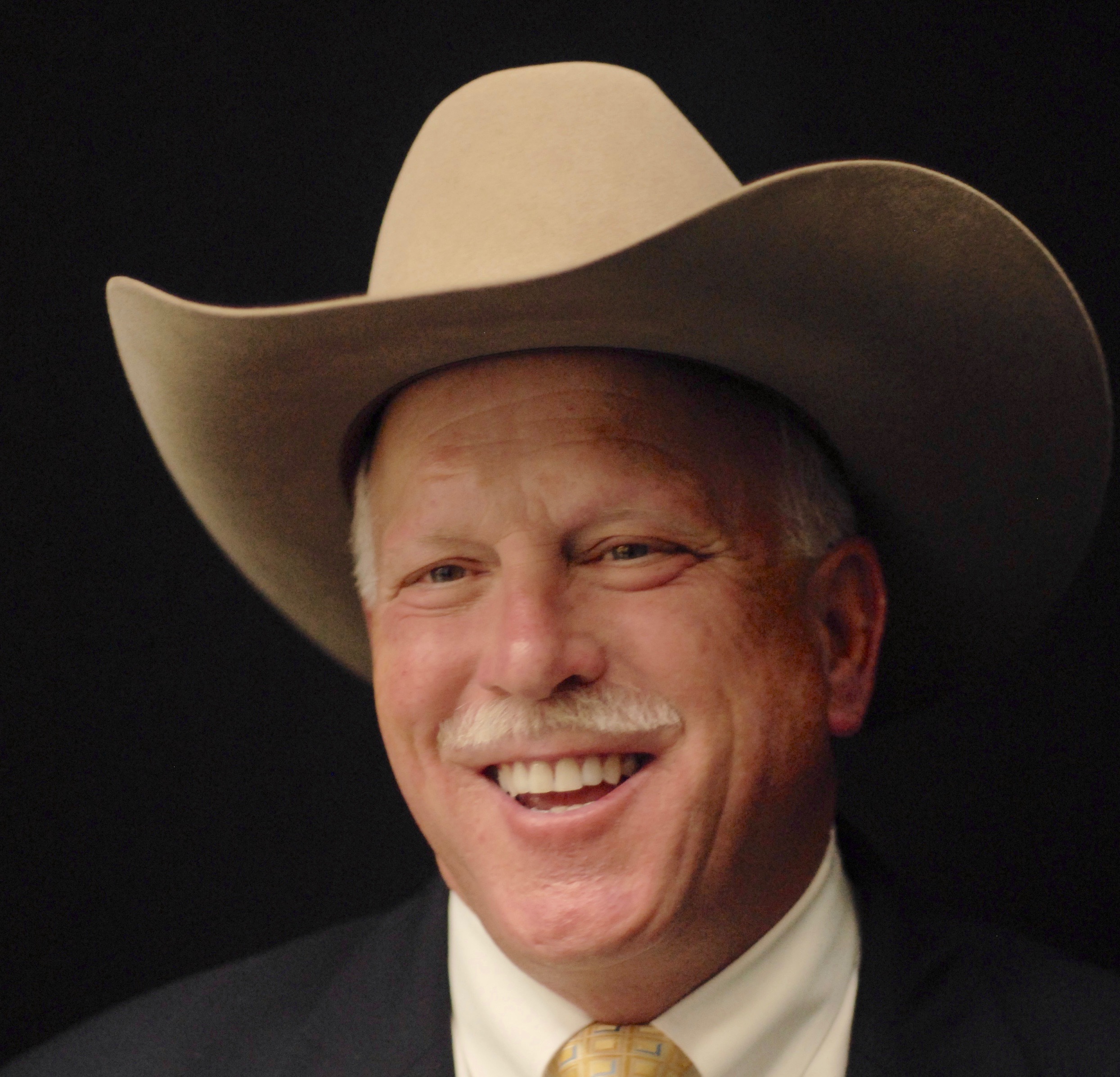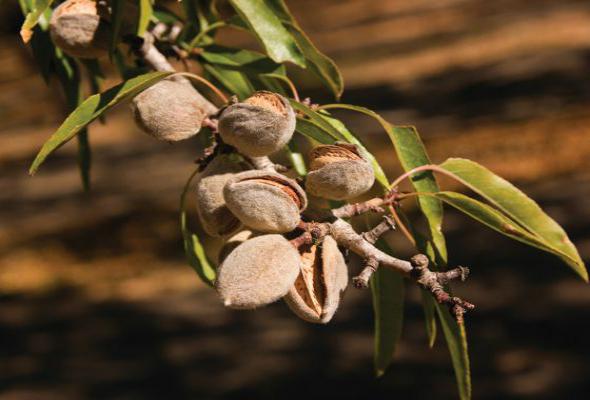Transportation
Electric Tractors Will Soon Be Available
With So Many Electric Cars, Why Not Electric Tractors?
By Patrick Cavanaugh, Editor
There are many different models of electric cars—they are even mainstream in most U.S. cities and other countries—and now farmers may soon have electric tractors to use in specialty crops in California.
Bakur Kvezereli is president and CEO of Ztractor, the first autonomous electric tractor for specialty crops. Kvezereli, who is based in Palo Alto, explained why the tractor is being developed in California.
“First, California is our market. Second, we teamed up with some great engineers, who graduated from Stanford, and my school, which was MIT. We were friends, and we wanted to look into this technology looking to replace the 25 or 30 HP diesel motor as well as the 30-gallon diesel,” he said.
“And we started as an electric tractor company in September 2017. And in two months, we realized that to achieve an electric tractor, you have to find a solution for making it autonomous,” Kvezereli explained.
“We now have three models in our manufacturing pipeline. One 24 horsepower will be available to the farmers this year. The next model will be a bigger tractor, 45 horsepower, which will be available 2020, and a 125 horsepower will be available in 2021.”
“Our basic tractor will have all the usual features found in most other tractors. The premium model line will have more features, especially on the software and hardware area. The zTractors will have no emissions and no hydraulics—just strong torque power.”
A four-hour charge will provide 6 to 10 hours of work in the field. “It requires only level two charging similar to car charging. “We are exploring a better battery, however currently it is the nickel ion technology,” Kvezereli said
“Horsepower is where we estimate the metrics for a tractor. What we think farmers care about is torque. In electric, to achieve higher torque is much easier than to achieve it with diesel power, and electric technology in general is very reliable for many types of tasks,” said Kvezereli.
The electric tractors keep the same three-point hitch as well as a PTO, both electrically operated.
“We build everything based on the requirements for the PTO and three-point hitch, and I think that’s what makes the Ztractor different from any other robotics companies that will provide a better tractor. It’s a general purpose and can replace a regular traditional tractor,” he said.
The main farming operations will be strawberry vineyards and vegetable operations. The tasks will include soil preparation and crop management. Harvest tasks are not yet available.
The prices for the tractors, calculated at $1,000 per horsepower, are similar to traditional tractors.




